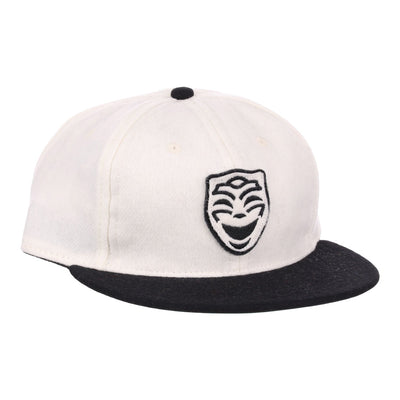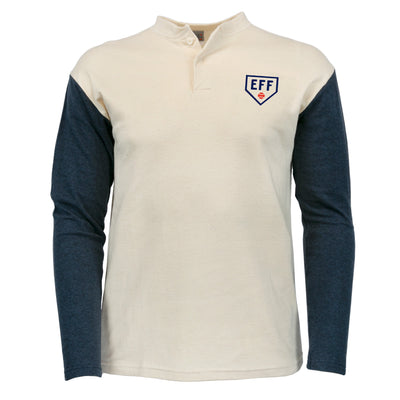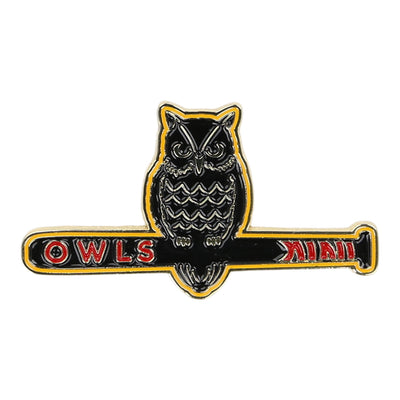There have been many plans hatched over the decades to challenge the hegemony of Major League Baseball, but the only one to actually succeed (albeit briefly) was the Federal League of 1914-1915.
The Federal League emerged out of the ashes of the United States League in 1913, and operated that year as an “outlaw” minor league (not part of organized baseball’s structure) based in the Midwest. With an ever-increasing demand for the game from a baseball-hungry public, the powers behind the new league announced they would go head-to-head with the two established leagues for the 1914 season. The Feds planned to compete directly with the AL and NL in Brooklyn, St. Louis, Chicago, and Pittsburgh, and with established minor league clubs in their other four cities. The new circuit lured five future Hall of Famers, including Joe Tinker, Chief Bender, and Mordecai “Three Finger” Brown, as well as dozens of other players with major league experience, with higher-paying contracts. 
Brand new ballparks were built in Chicago, Brooklyn, and other cities, and the owners were backed by a $50 million war chest – an enormous sum at the time. If you have ever seen a game at Wrigley Field in Chicago, you might not have realized that this park was constructed not for the Cubs, but for a team called the Chicago Whales.
Although the upstart league was initially successful at the gate and produced two exciting pennant chases, the financial strains of battling MLB teams and skyrocketing player salaries doomed the league to extinction after the 1915 season. After the league folded, seven of the eight clubs reached an accommodation with MLB in which, among other things, the Chicago Whales owners were allowed to buy the Cubs and move them into Weeghman Park (later renamed Wrigley Field). The Baltimore Terrapins refused to settle and instead sued the National League for anti-trust violations. When the suit was finally settled in 1922, the ruling, which decided that baseball was not inter-state commerce, gave us MLB’s anti-trust exemption, which continues to this day.
Aside from Branch Rickey’s proposed Continental League in 1959, there have been no other serious efforts to challenge MLB’s exclusive domain. The Federal League remains an obscure memory, but its physical legacy can still be experienced on Chicago’s North Side, and in this great wool authentic caps!
About the research
Although we have offered several Federal League caps and jerseys in the past, for this project we also included some caps from the inaugural 1913 season, before the loop declared its major league ambitions. 
Contemporary newspaper accounts revealed some interesting details, such as the Chicago club being called the “Browns” in their first year, and the fact that the Indianapolis Hoosier Feds declared their intention to use lavender as a team color in tribute to the New York Giants. In the cases where the caps were blank (Buffalo and Newark) we “borrowed” elements of the uniform lettering to create the cap. Although very few Federal League relics have survived we have seen a few color photographs of uniforms, and have relied on newspaper accounts and other research to arrive at what we believe are accurate colors for each team.
A note about nicknames: Nicknames of professional baseball teams were often not “official” during the era of the Federal League, with informal names often bestowed by newspaper writers and fans. Often a team would be known by multiple names. Sometimes teams were named for their managers, i.e. the Pittsburgh club’s original name was Filipinos after manager Deacon Phillippe. There were exceptions, however. The Indianapolis club held a “name the team” contest, in which the winning entry was “Hoosier Feds.” Brooklyn’s club was named by their owners the Ward Bros. after their bakery’s Tip-Top bread brand.
Don't miss out on this limited release!












